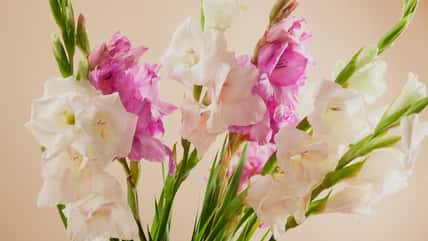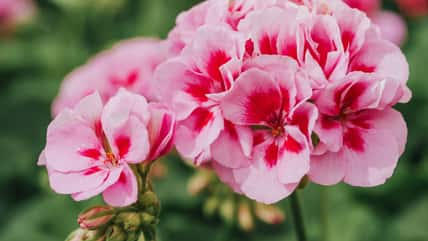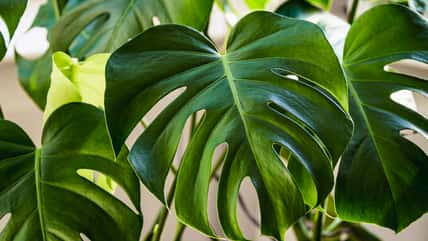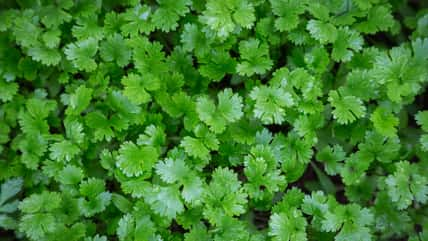Parrot Tulips Are Known As One Of The Prettiest Flowers In The World: Here’s How To Grow And Care For Them In Your Very Own Backyard
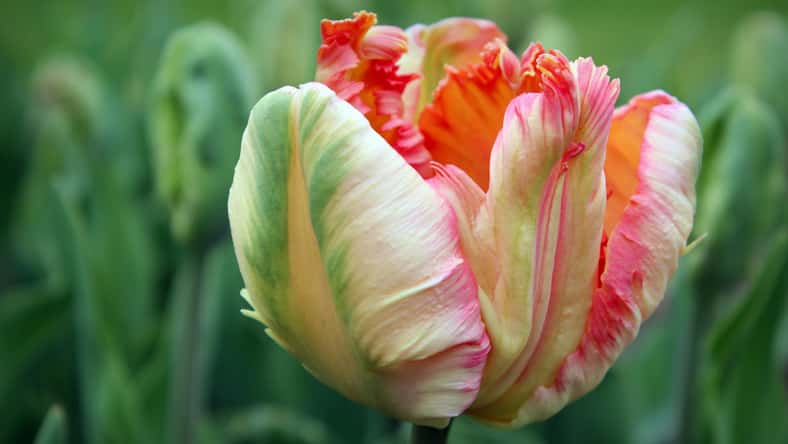
Parrot tulips, known for their flamboyant and colorful petals, are like the avian creatures they’re named after– a burst of beauty.
Originating from the tulip species, these flowers are a dazzling variation, with their unique feather-like petals and a wide range of vivid colors. They’re both a gardener’s dream and a photographer’s muse.
The Historical Roots Of Parrot Tulips
The journey of parrot tulips began in the Ottoman Empire, where tulips, in general, were highly esteemed.
They were later introduced to Europe in the 16th century, where they quickly became a symbol of wealth and status. The “parrot” variety, with its distinct, fringed petals, emerged from mutations and careful cultivation, adding an artistic flair to gardens and bouquets.
Parrot tulips stand out with their large, bowl-shaped blooms and deeply cut, feather-like petals.
They come in a kaleidoscope of colors, including red, yellow, orange, purple, and even multi-colored varieties. The petals also often have a beautiful, slightly ruffled look, making each flower a unique masterpiece.
While the exact origin of parrot tulips is a bit of a mystery, tulips, in general, hail from a broad area encompassing parts of Asia and Europe. They thrive in regions with a temperate climate and are particularly associated with Turkey and the Netherlands.
How To Grow Parrot Tulips
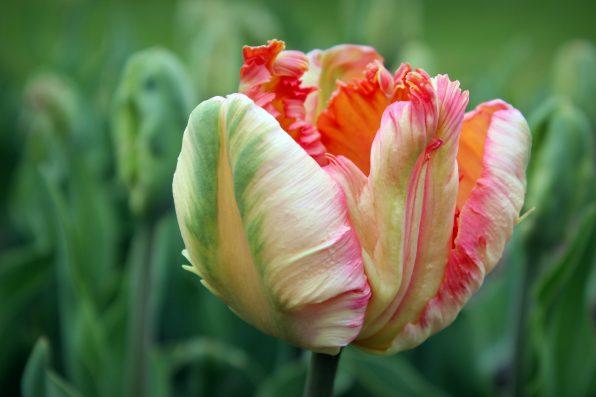
Photo 109585572 © Joseph Skompski – Dreamstime.com – illustrative purposes only
Growing parrot tulips isn’t rocket science, but it does require a bit of know-how.
The process should start by choosing high-quality bulbs. Look for ones that are firm and free of damage.
The ideal time for planting is in the fall, several weeks before the ground freezes. This allows the bulbs to establish roots before the winter.
Just plant them about four to six inches deep and four to five inches apart in well-drained, fertile soil. You can also consider incorporating organic matter or bulb fertilizer into the soil to provide essential nutrients.
Sunlight is crucial for tulips, too. A spot that receives full sun or at least half a day of sunshine is ideal. However, they can tolerate some shade, which might actually help the blooms last longer in spring.
After planting, be sure to water the bulbs thoroughly to help settle the soil around them. This initial watering is important, but be careful not to overwater, as tulip bulbs are susceptible to rot in waterlogged soil.
Then, as winter approaches, consider adding a layer of mulch to help protect the bulbs from extreme temperatures. This also helps to maintain moisture levels in the soil and keeps weeds at bay.
Lastly, once the tulips sprout in spring, you can remove the mulch to allow the soil to warm up.
Maintaining Your Parrot Tulips
Once your parrot tulips have sprouted and bloomed, their care shifts to maintenance.
Regular watering is key, especially during dry spells. However, avoid overwatering as this can lead to bulb rot. The soil should be moist but not soggy. If you’re unsure, you can always feel the soil a few inches below the surface; if it’s dry, that means it’s time to water.
Feeding your tulips can also encourage stronger blooms. Apply a balanced, slow-release fertilizer as they start to sprout and again when they begin to flower. Just be careful not to over-fertilize, as this can do more harm than good.
Deadheading, or removing spent flowers, is another important aspect of care. This prevents the plant from using energy to produce seeds and instead directs it towards storing nutrients in the bulb for the next season.
However, leave the foliage in place until it yellows and dies back naturally. This process allows the plant to photosynthesize and gather energy for the next year’s growth.
Keep in mind that pests and diseases can be a challenge, too. Watch out for signs of aphid infestations or fungal diseases like tulip fire, which causes spotted leaves and distorted flowers.
Good air circulation, proper spacing, and avoiding wetting the foliage when watering can help prevent these issues.
If true crime defines your free time, this is for you: join Chip Chick’s True Crime Tribe
She’s No Longer Helping Her Boyfriend Plan A Trip For Them To Go To Tokyo After He Ate Her Cookies
These Six Home Design Trends Will Be Hot In The New Year, According To A Recent Zillow Report
Sign up for Chip Chick’s newsletter and get stories like this delivered to your inbox.
More About:Gardening
